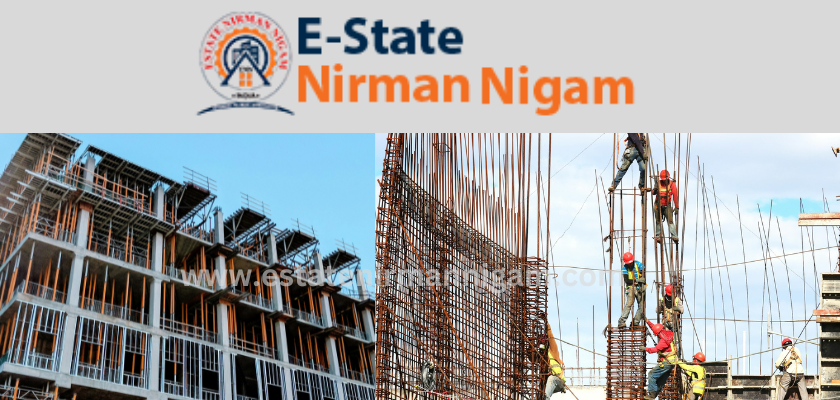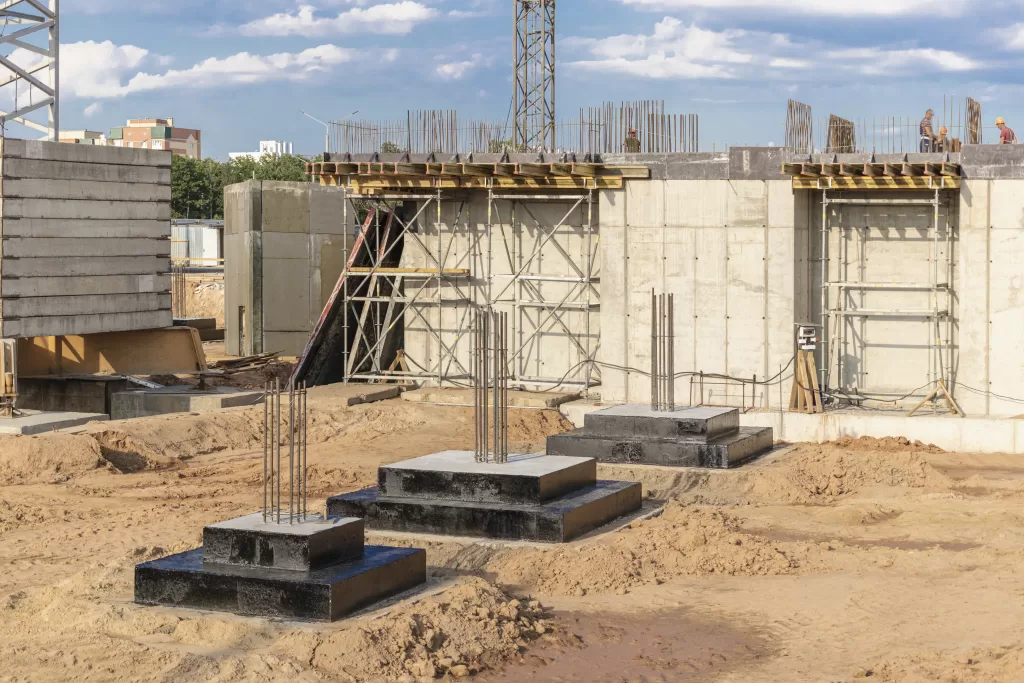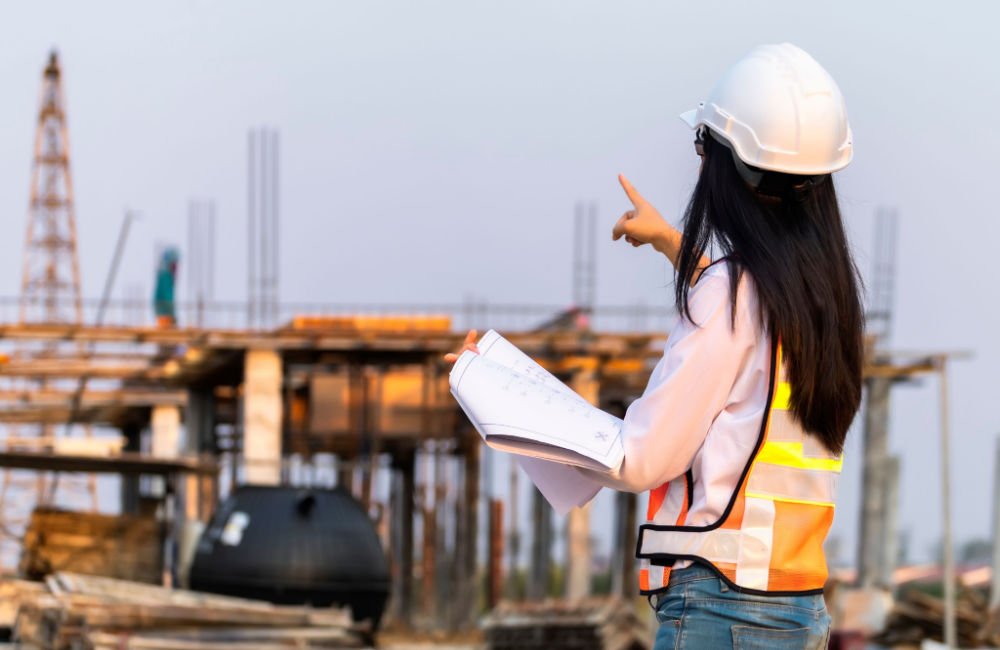E-state Nirman Nigam Residential Building Construction creator of Nagaland
E-state Nirman Nigam Residential building construction involves creating homes that are safe, functional, and aesthetically pleasing. This process spans from initial planning and design through to the actual construction and finishing stages. Key components of residential construction include site preparation, foundation work, framing, electrical and plumbing systems, insulation, roofing, and interior and exterior finishes E-state Nirman Nigam.

Planning and Design:-
Site Selection and Analysis
Choosing a site involves evaluating location, zoning laws, environmental factors, and accessibility. A site analysis considers soil quality, drainage, and proximity to utilities.
Design and Blueprints :-Architects and designers create detailed blueprints based on the homeowner’s needs and preferences. This includes floor plans, elevations, and structural details. Design considerations include layout, materials, and energy efficiency.
Permits and Approvals
Before construction begins, various permits must be obtained from local authorities. These ensure that the design complies with building codes, zoning laws, and safety regulations.
Site Preparation:-
Clearing and Excavation
The site is cleared of vegetation, debris, and any structures. Excavation work includes digging trenches for foundations and utilities.
Grading and Drainage
Grading ensures the site is level and directs water away from the foundation to prevent flooding and erosion. Proper drainage systems are crucial for maintaining structural integrity.

Foundation:-
Types of Foundations
Common types :-include slab-on-grade, crawl spaces, and full basements. The choice depends on soil conditions, climate, and building design.
Footings and Foundation Walls
Footings are concrete structures that distribute the building’s load to the soil. Foundation walls are constructed from concrete or masonry and support the building above.
Waterproofing
To prevent moisture infiltration, foundation walls are waterproofed with membranes and drainage systems.
Roofing:-
Roofing Materials
Common materials include asphalt shingles, metal roofing, tiles, and wood shakes. The choice of material affects the roof’s durability, appearance, and cost.
Roof Structure
E-state Nirman Nigam The roof structure includes trusses or rafters, which support the roofing material. Proper installation is critical for weather resistance and structural stability.
Flashing and Ventilation
Flashing prevents water from penetrating joints and seams, while ventilation helps manage heat and moisture within the attic space.

Electrical and Plumbing Systems:-
Electrical Wiring
Electrical systems involve wiring for lighting, outlets, and appliances. This includes the installation of electrical panels, breakers, and grounding systems.
Plumbing
Plumbing systems include water supply lines, waste pipes, and fixtures. Proper installation and testing are essential to ensure functionality and prevent leaks.
HVAC Systems
Heating, ventilation, and air conditioning (HVAC) systems regulate indoor climate. This includes ductwork, air handlers, and thermostats.
Insulation and Drywall:-
Insulation Types
Insulation materials include fiberglass, foam board, and spray foam. Insulation improves energy efficiency and comfort by reducing heat transfer.
Drywall Installation
Drywall is installed over the framing to create interior walls and ceilings. It is then taped, mudded, and sanded to create a smooth surface for painting or finishing.
Interior and Exterior Finishes:-
Interior Finishes
This includes painting, flooring, cabinetry, and trim work. Interior finishes are chosen based on design preferences and functionality.
Exterior Finishes
Exterior finishes protect the home from the elements and include siding, brick, stucco, and exterior paint.

Landscaping and Final Touches:-
Landscaping
Landscaping involves grading, planting, and creating outdoor living spaces. It enhances the aesthetic appeal and functionality of the property.
Final Inspections
Before the home is occupied, final inspections ensure that all systems and finishes meet code requirements and are installed correctly.
Conclusion:-
E-state Nirman Nigam Residential building construction is a complex process involving multiple stages, each requiring careful planning, execution, and inspection. From site preparation to final touches, every step plays a critical role in ensuring the safety, functionality, and aesthetic appeal of the finished home. Understanding these components helps in managing the construction process effectively, whether you are a homeowner, builder, or contractor.

Leave a Reply